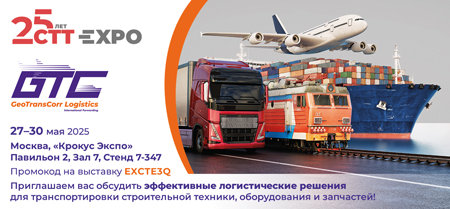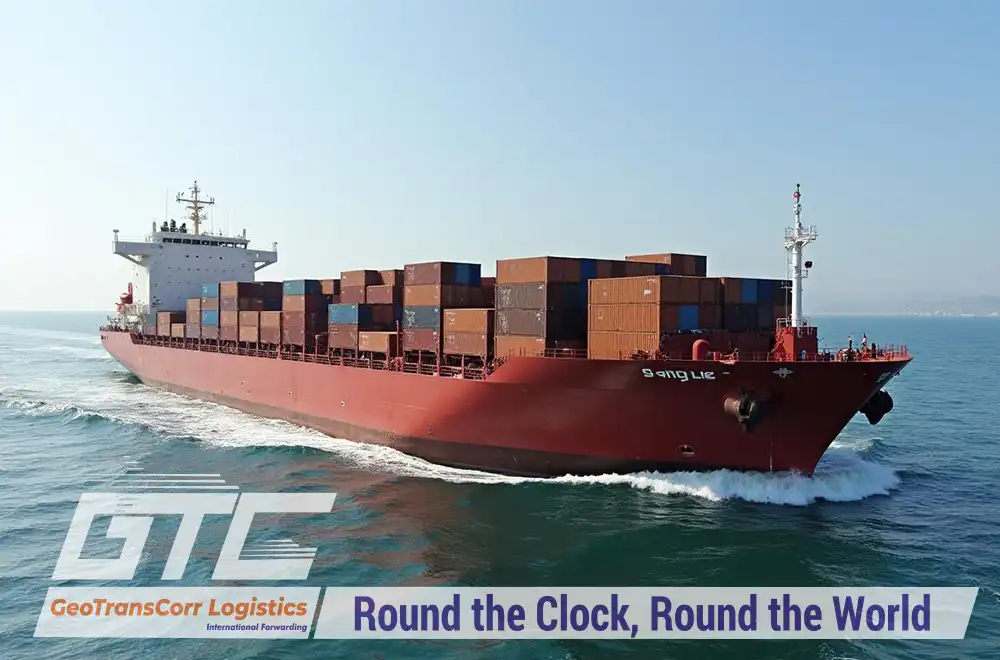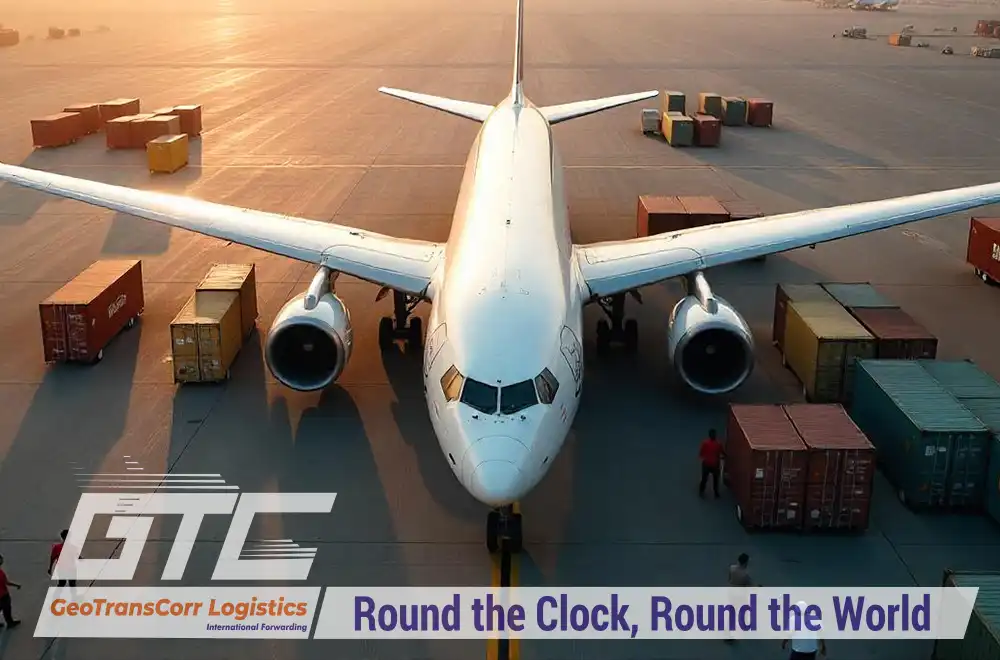Russia, with its expansive geography and strategic location, plays a crucial role in the global cargo transportation market. From the vital Trans-Siberian Railway to emerging Arctic shipping routes, Russia’s logistics infrastructure is a key player in connecting Europe and Asia. Read on to gain insights into Russia’s evolving role in the international cargo landscape.
Russia’s Position in the Global Market
Russia holds a significant position in the global cargo transportation market, particularly due to its vast landmass and strategic geographical location bridging Europe and Asia. Despite fluctuations in transport volume, Russia remains a crucial player, especially with its extensive rail network and burgeoning Arctic shipping routes. The main geographical regions of Russia in cargo transportation are:
- Western Russia: Dominance of Moscow and St. Petersburg as major logistics hubs.
- Eastern Russia: Significance of Vladivostok and the Trans-Siberian Corridor.
- Arctic Region: Strategic importance of Arctic shipping routes and their growing role in global trade.
Russia’s Performance in the Cargo Transportation Market
When compared to major global players, Russia’s market share reflects both its strengths and challenges. Russia faces competition in efficiency and technological advancement, highlighting the need for continued investment and modernization to enhance its position on the global stage.
Comparing Russia with United States
The U.S. cargo transportation market is much larger and more developed than Russia’s, with extensive highways, railroads, and ports supporting its position as a global leader. While Russia has a vast rail network and growing port facilities, it faces challenges in modernizing infrastructure and scaling its market. The U.S. benefits from advanced logistics and technology, including automated warehouses and sophisticated tracking, while Russia is still working to modernize and improve efficiency, but lags behind in technology adoption.
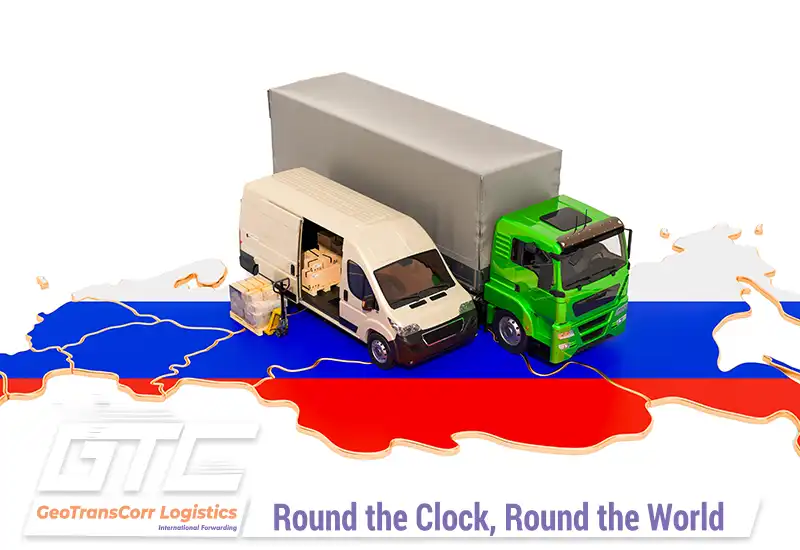
Comparing Russia with China
China outpaces Russia in cargo volumes and transportation capacity, with a highly developed logistics network supporting its position as the world’s largest exporter. While Russia has substantial road freight, it falls short of China’s scale. China’s infrastructure, including high-speed rail and major ports, far exceeds Russia’s capacity.
China’s Belt and Road Initiative (BRI) expands its global logistics network, while Russia’s involvement, through the Northern Sea Route and rail links, is smaller in scope. Russia benefits from the BRI, but its logistics network is not as extensive, playing a more supplementary role compared to China.
Comparing Russia with European Countries
Russia’s market share in Europe is small compared to leaders like Germany, the Netherlands, and France, which dominate intra-European cargo transport with their advanced logistics infrastructure. Russia’s role is more focused on facilitating trade between Europe and Asia.
While European countries benefit from integrated logistics networks, Russia faces challenges in aligning its infrastructure and practices with European standards, limiting its integration into European supply chains.
Comparing Russia with India
India’s cargo transportation sector is growing rapidly but still lags behind Russia in terms of overall infrastructure and global market impact. While India is making strides in improving its logistics network and expanding port capacities, Russia’s existing rail and road networks offer a more established, though still developing, infrastructure for cargo transport. Both countries face challenges in infrastructure development and technological integration but operate in different regional contexts.
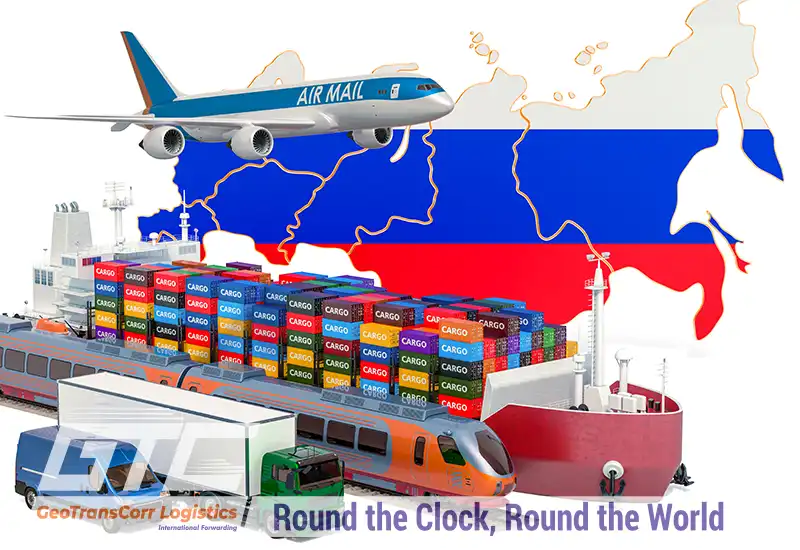
Key Drivers of Russia’s Cargo Transportation Sector
- Geopolitical Position: Russia’s strategic location between Europe and Asia boosts its cargo transportation sector, with major trade routes crossing its land. The Northern Sea Route (NSR) is a key advantage, reducing transit times between continents and enhancing Russia’s global logistics presence.
- Economic Policies: Russia’s efforts to diversify its economy and invest in infrastructure drive growth in cargo transportation. Government support for logistics hubs and modernizing infrastructure increases the sector’s efficiency and capacity, contributing to overall economic development.
- Railway Network: Russia’s extensive railway network, including the Trans-Siberian Railway, is vital for moving cargo over long distances. Recent upgrades aim to boost capacity and efficiency, making rail a central part of Russia’s logistics infrastructure.
- Port Infrastructure: Major ports like Vladivostok and Saint Petersburg are essential to Russia’s cargo operations. Investments in expanding and modernizing these ports, including Arctic facilities, improve trade capacity and support Russia’s role in global shipping.
- International Trade Agreements: Agreements like the Belt and Road Initiative (BRI) strengthen Russia’s global trade links and integrate its cargo network with Asia, fostering infrastructure growth and increasing trade flows.
Major Transportation Corridors and Routes
The Trans-Siberian Railway
Overview The Trans-Siberian Railway is one of the most significant rail networks in the world, stretching from Moscow in the west to Vladivostok on the Pacific Ocean. Spanning approximately 9,300 kilometers, it serves as a critical link between European Russia and the Far East, facilitating both domestic and international trade.
Economic Impact This railway is pivotal for the transportation of goods across Russia, with its vast capacity supporting a variety of cargo including raw materials, industrial products, and consumer goods. The Trans-Siberian Railway is integral to Russia’s export-oriented industries and contributes significantly to regional economies along its route.
Arctic Shipping Routes
Northern Sea Route (NSR) The Northern Sea Route is a crucial Arctic shipping lane that connects Europe to Asia via the Arctic Ocean. It offers a shorter and potentially more cost-effective route compared to traditional paths like the Suez Canal, significantly reducing transit times for maritime cargo.
Strategic Importance the NSR is strategically important for Russia as it opens up new shipping lanes and opportunities for international trade. The route supports the export of natural resources from Russia’s Arctic regions, including oil and gas, and enhances Russia’s geopolitical influence in Arctic affairs.
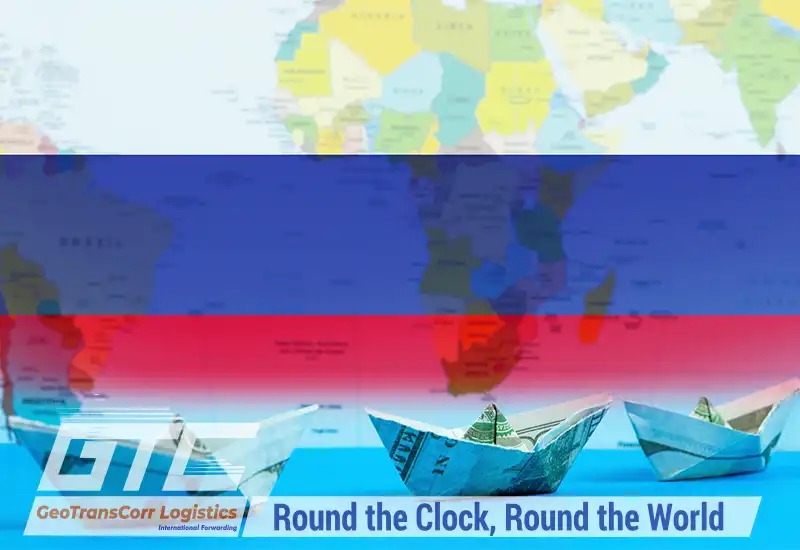
Key Ports and Logistics Hubs
Port of Vladivostok is a major port located on Russia’s Pacific coast, serving as a key gateway for trade with Asia and the Americas. The port handles a significant volume of cargo, including containerized goods, bulk commodities, and energy products.
Port of Ust-Luga Located on the Gulf of Finland, Ust-Luga is one of Russia’s largest and most modern ports. It plays a critical role in handling container traffic and bulk cargoes, and its strategic location enhances its importance for trade with Europe.
Port of Saint Petersburg is a major port with extensive cargo handling capabilities. It is a vital hub for trade between Russia and Europe, managing a wide range of goods including consumer products, industrial machinery, and raw materials.
Major logistics hubs like Moscow, Kazan, and Novosibirsk serve as key centers for the distribution of goods across Russia. These hubs facilitate efficient cargo movement and support the integration of various transport modes, including rail, road, and air.
Volume of Road Freight Transport in Russia
According to statista data base, In 2020, the volume of road freight transport in Russia experienced a notable decline, decreasing by 5,346 billion ton-kilometers from the previous year to a total of 258.5 billion ton-kilometers. This drop marked a shift from a period of increasing transport volumes and reflects fluctuations in the sector over time. Road freight transport, involving the use of motor vehicles to move goods across a road network, encompasses both national and international shipments. The sector is typically divided into long-haul and short-haul operations, with vans commonly used for shorter distances and urban areas, while trucks are employed for longer journeys. This segmentation influences vehicle choice and operational logistics within the industry.
Amount of freight transported by road in Russia (in billion ton-kilometers) from 2006 to 2020 is shown in the figure below:

Future Outlook
The future outlook for Russia’s cargo transportation sector is marked by both opportunities and challenges. Ongoing investments in infrastructure, such as modernizing railways, expanding port capacities, and developing Arctic shipping routes, are expected to enhance Russia’s logistical capabilities and global connectivity. Advances in technology, including automation and digitalization, promise to improve efficiency and streamline operations. However, the sector faces challenges such as geopolitical tensions, fluctuating global trade dynamics, and environmental regulations. Adapting to these changes while leveraging strategic advantages, like Russia’s vast geographic position and resource wealth, will be crucial for sustaining growth and competitiveness in the evolving global cargo transportation landscape.
Conclusion
Russia’s share in the global cargo transportation market reflects its pivotal role as a bridge between Europe and Asia, underpinned by its vast infrastructure and strategic location. Despite facing fluctuations in transport volumes and competitive pressures from major global players like the U.S. and China, Russia continues to leverage its strengths, such as the Trans-Siberian Railway and the Northern Sea Route, to maintain its importance in global logistics. The sector’s future will be shaped by ongoing infrastructure developments, technological advancements, and the ability to navigate geopolitical and economic challenges. By embracing these changes and capitalizing on its strategic advantages, Russia is well-positioned to enhance its global cargo transportation market share and drive continued growth in the years ahead.
Leverage Russia’s strategic advantages with GTC’s expert freight forwarding solutions. From the Trans-Siberian Railway to key ports, we streamline your logistics across Russia’s vast network. Discover how our services can optimize your supply chain and boost your global market presence. Contact us today to see how GTC can drive your success in the dynamic cargo transportation market.

